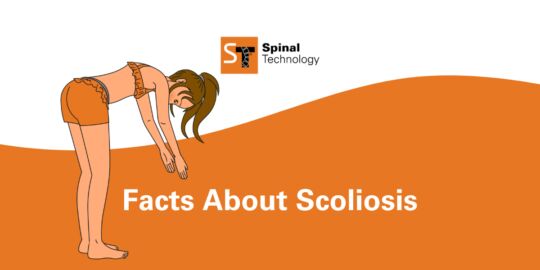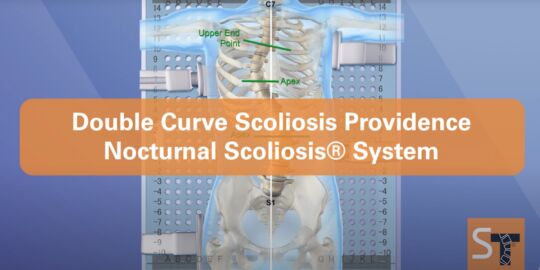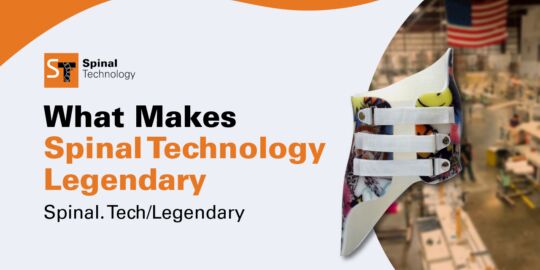Signs and Symptoms are Subtle
The most common type of scoliosis is called adolescent idiopathic scoliosis – adolescent, because symptoms first appear during a child’s growth spurt (ages 10 to 15), and idiopathic, because it has no known cause.
Adolescent idiopathic scoliosis (AIS) can be very easy to overlook because the condition is often painless. If a child wears normal clothing and a parent isn’t on the lookout, it will likely go unrecognized.
Warning signs include a raised or prominent shoulder blade, uneven hips or waist, or a visible curve to the spine resembling a “C” or “S” shape. To examine your child, ask her to bend forward while you look at his or her back. “You want to look for anything asymmetrical,” says Dr. James Osborn, an orthopedic surgeon with Tennova Spine – Cleveland.
If something looks off, make an appointment with a pediatrician or spine doctor right away.
Source: Healthscope Magazine (2016, May). Six Facts About Scoliosis Every patient Should Know.


